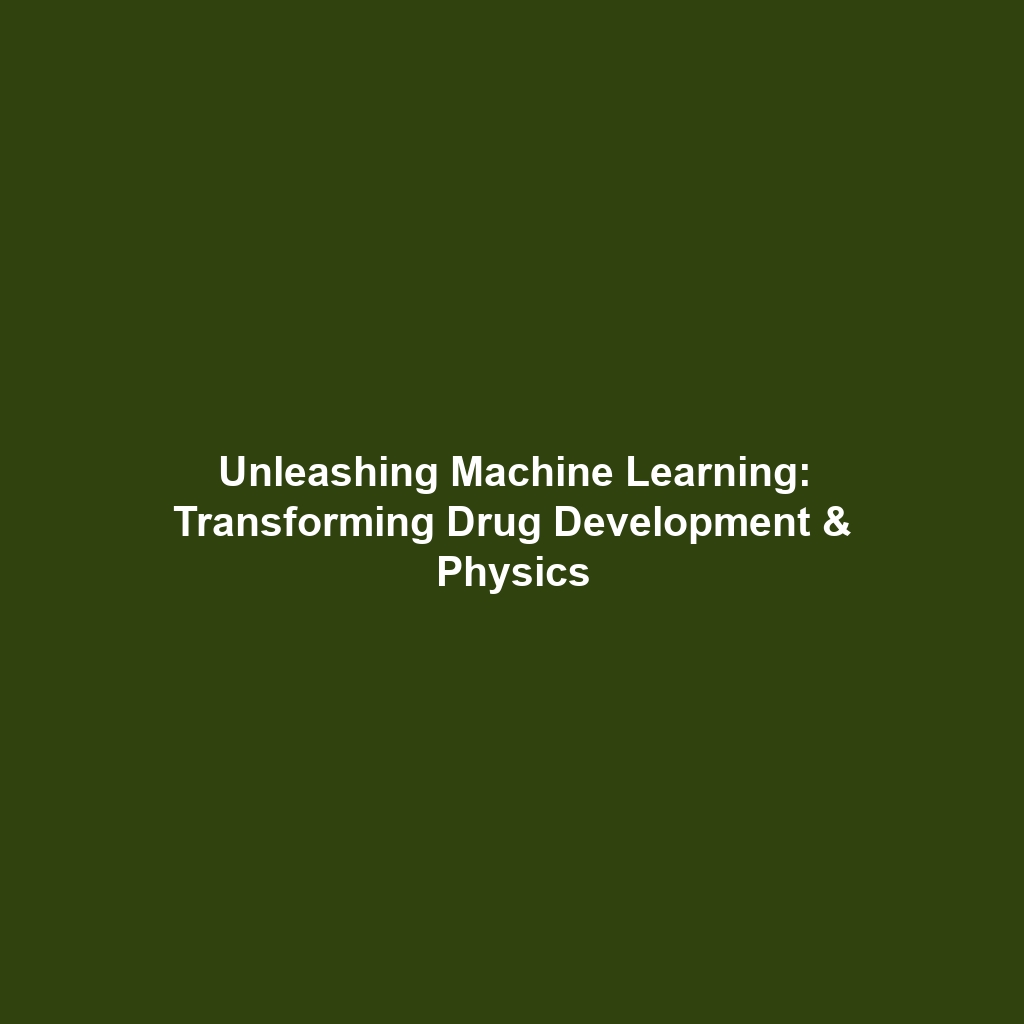Processing and Analyzing Cosmic Data Using Advanced Algorithms and Machine Learning
Introduction
The processing and analyzing of cosmic data using advanced algorithms and machine learning plays a crucial role in understanding the universe. With the advent of Big Data in Science, researchers are discovering unprecedented ways to interpret vast amounts of cosmic information. This approach not only enhances our understanding of astronomical phenomena but also drives innovations in technology and analytical methods. As the volume of data from telescopes and space missions continues to soar, the ability to apply sophisticated algorithms and machine learning techniques is becoming increasingly significant in the field of astrophysics and beyond.
Key Concepts
Understanding Cosmic Data
Cosmic data refers to the information collected from various astronomical sources, including stars, galaxies, and cosmic microwave background radiation. Processing this data effectively requires a robust framework of machine learning and advanced algorithms, which are pivotal in parsing through millions of data points.
Machine Learning in Astronomy
Machine learning models, including supervised and unsupervised learning techniques, help in identifying patterns and making predictions from cosmic datasets. By applying these advanced algorithms, scientists can detect exoplanets, understand galaxy formation, and simulate cosmic events.
Big Data Algorithms
Algorithms tailored for Big Data play a fundamental role in efficiently managing immense datasets, ensuring accurate analysis and interpretation. This integration of algorithms within astrophysics demonstrates how computational advancements are shaping scientific inquiry.
Applications and Real-World Uses
There are numerous practical applications of processing and analyzing cosmic data using advanced algorithms and machine learning, which significantly influence Big Data in Science. These include:
- Exoplanet Detection: Algorithms analyze light curves from stars to identify potential exoplanets transiting their host stars.
- Galaxy Classification: Machine learning techniques classify galaxies based on their shapes, facilitating better understanding of galaxy evolution.
- Cosmic Event Simulation: Advanced algorithms simulate cosmic events, aiding in prediction and analysis of phenomena such as black hole collisions.
Current Challenges
Despite its advancements, processing and analyzing cosmic data presents several challenges within the realm of Big Data in Science:
- Data Volume: The sheer volume of data generated by observatories poses storage and processing difficulties.
- Noise in Data: Background noise can obscure real signals, complicating the extraction of meaningful insights.
- Model Interpretability: Complex models can be challenging to interpret, limiting their applicability in certain scenarios.
- Computational Costs: High processing requirements can lead to significant computational expenses and resource allocation issues.
Future Research and Innovations
Future research in processing and analyzing cosmic data is poised to revolutionize our understanding of the universe. Innovations may include:
- AI-Driven Analysis: Leveraging artificial intelligence to enhance data analysis speed and accuracy.
- Quantum Computing: Exploring quantum algorithms for faster and more efficient processing of large cosmic datasets.
- Next-Gen Telescopes: Future telescopes equipped with advanced sensors will generate even larger datasets, necessitating cutting-edge analytical tools.
Conclusion
In summary, the processing and analyzing of cosmic data using advanced algorithms and machine learning represent a vital intersection of Big Data in Science. These methodologies not only advance our knowledge of the cosmos but also inspire technological innovation. As researchers continue to address the challenges and explore future research avenues, the potential for groundbreaking discoveries remains immense. For more information on related topics, consider exploring our sections on exoplanet discovery and galaxy classification techniques.

